Chinese traditional buildings are never cold constructions of bricks and timber, but rather three-dimensional narratives that weave together practical needs, aesthetic pursuits, and cultural spirit.
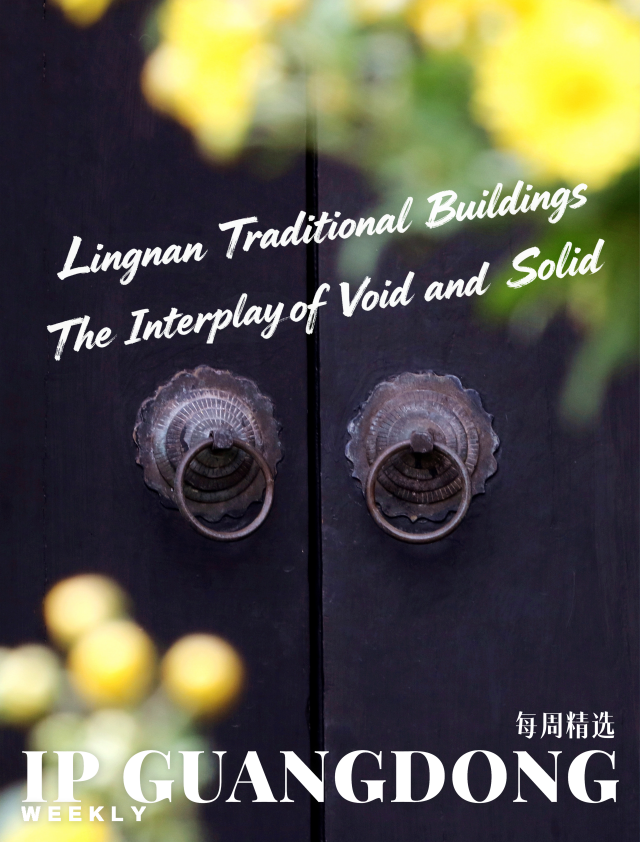
Photo by Yu Zijiang
They are pragmatic to meet residential needs, embody structural aesthetics for artistic appeal, carry historical and humanistic values, as well as religious customs, and even exemplify the "harmony between man and nature" when integrating with the natural environment.
As one of the representatives of Chinese traditional buildings, Lingnan traditional buildings transcend the duality of "practicality" and "aesthetics," forging a unique charm encapsulated by the phrase "a single building is a volume of cultural history."
This time, IP Guangdong creators have uncovered the architectural aesthetic code of "the Interplay of Void and Solid" in Lingnan traditional buildings through their lenses.
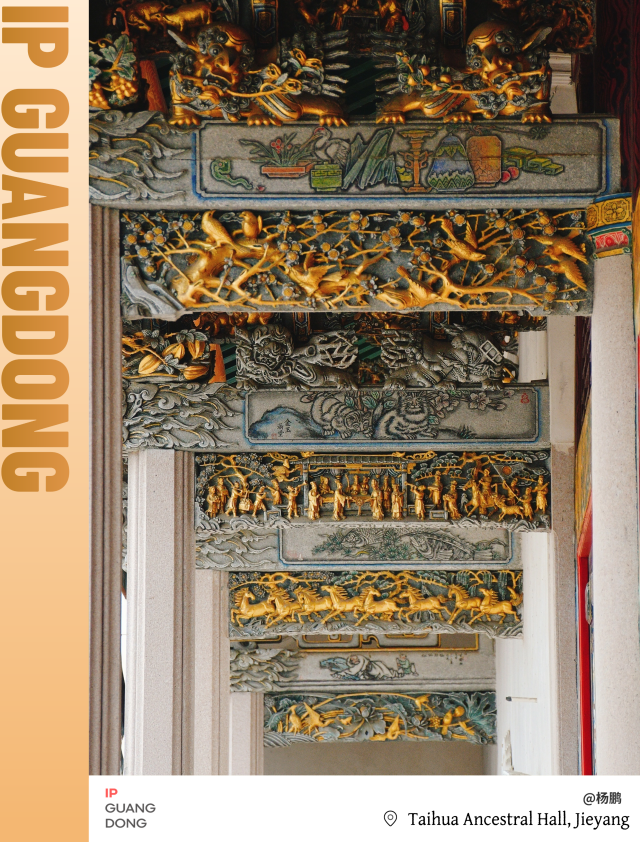
Photo by Yang Peng
Taihua Ancestral Hall is located in Jieyang City, where exquisite Chaozhou woodcarvings, one of China's four major woodcarving traditions, can be found throughout the hall.
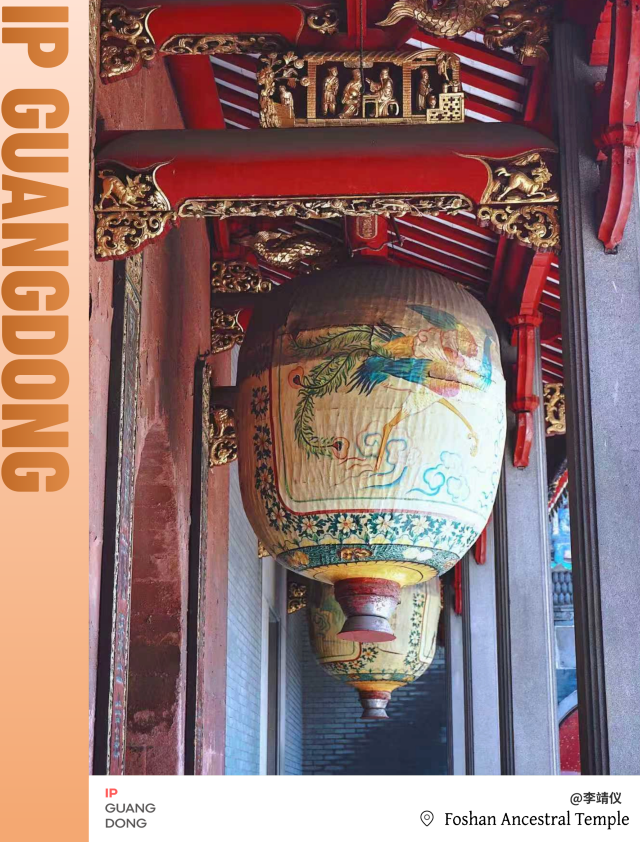
Photo by Li Jingyi
Foshan Ancestral Temple has well-preserved the ancient architectural complexes of the Ming and Qing dynasties, and is also home to a rich traditional folk culture.
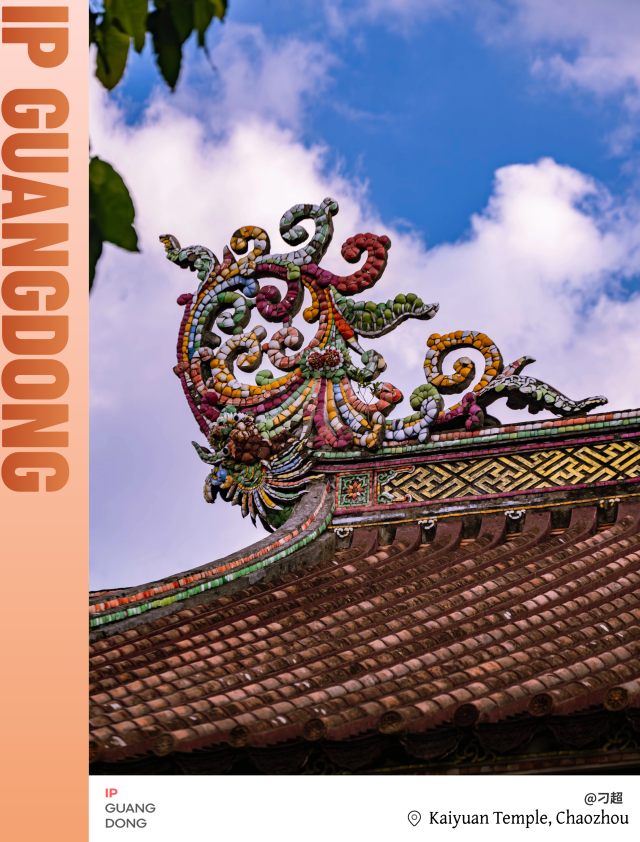
Photo by Diao Chao
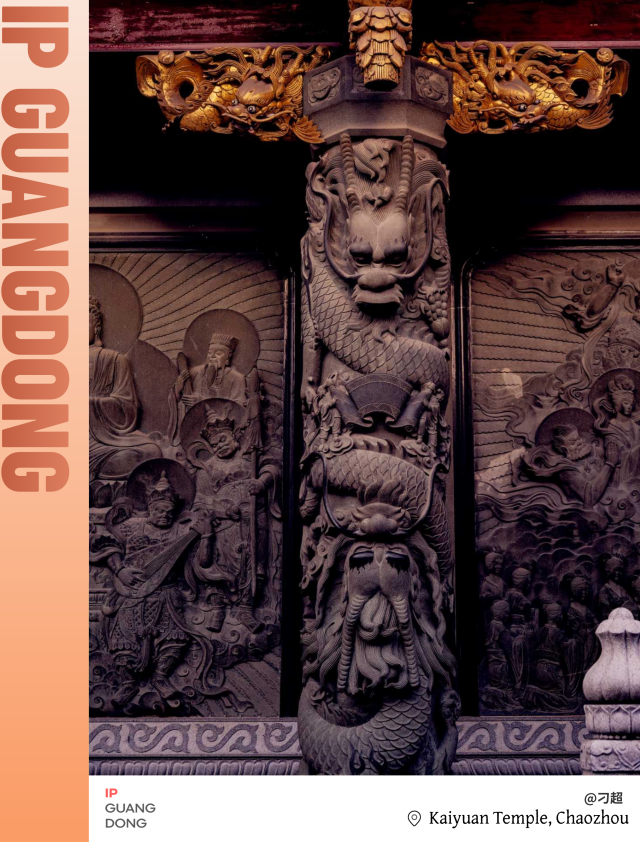
Photo by Diao Chao
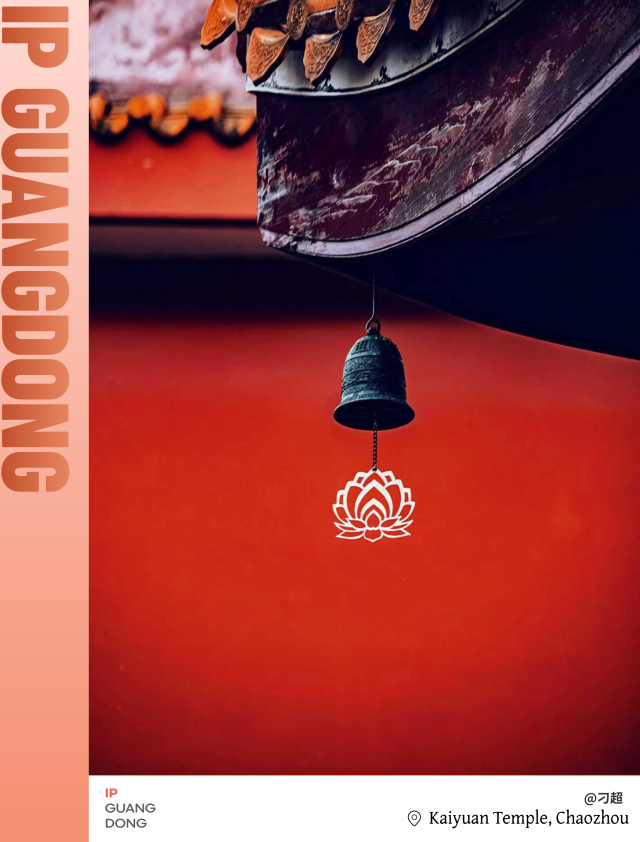
Photo by Diao Chao
Kaiyuan Temple in Chaozhou dates back to the Tang Dynasty. This millennium-old ancient temple perfectly integrates history, culture, art, and religion.
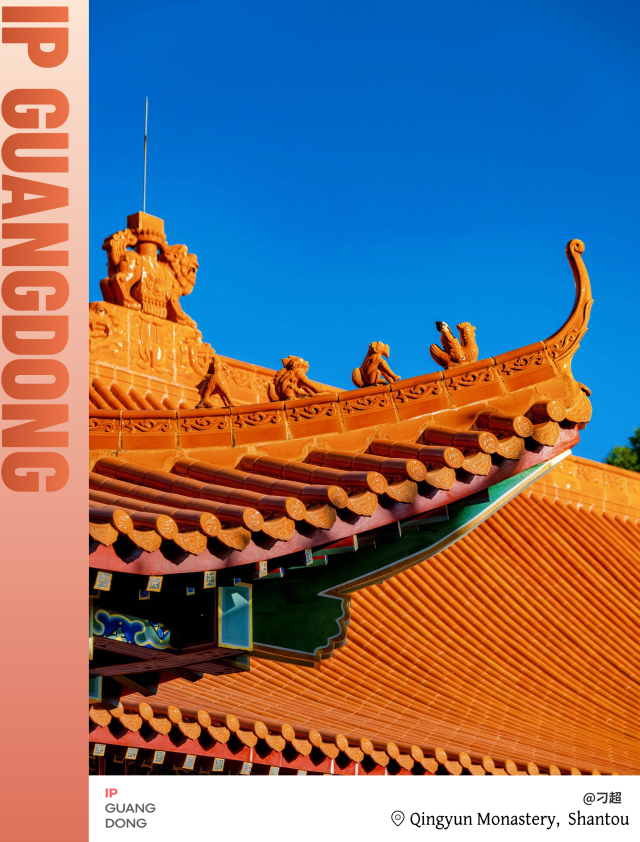
Photo by Diao Chao
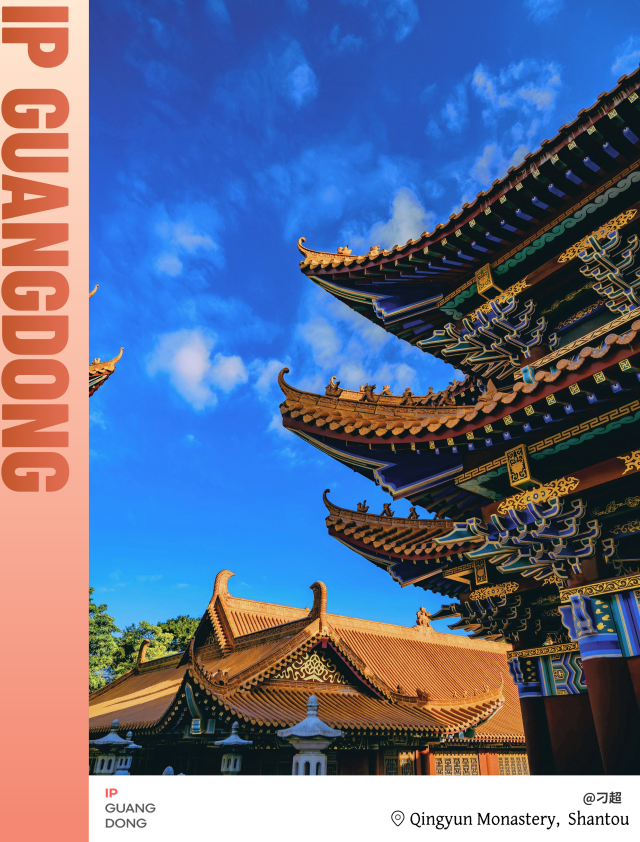
Photo by Diao Chao
Qingyun Monastery sits at the junction of the three cities—Shantou, Chaozhou, and Jieyang—and its buildings exhibit unique Lingnan architectural aesthetics and cultural connotations.
















